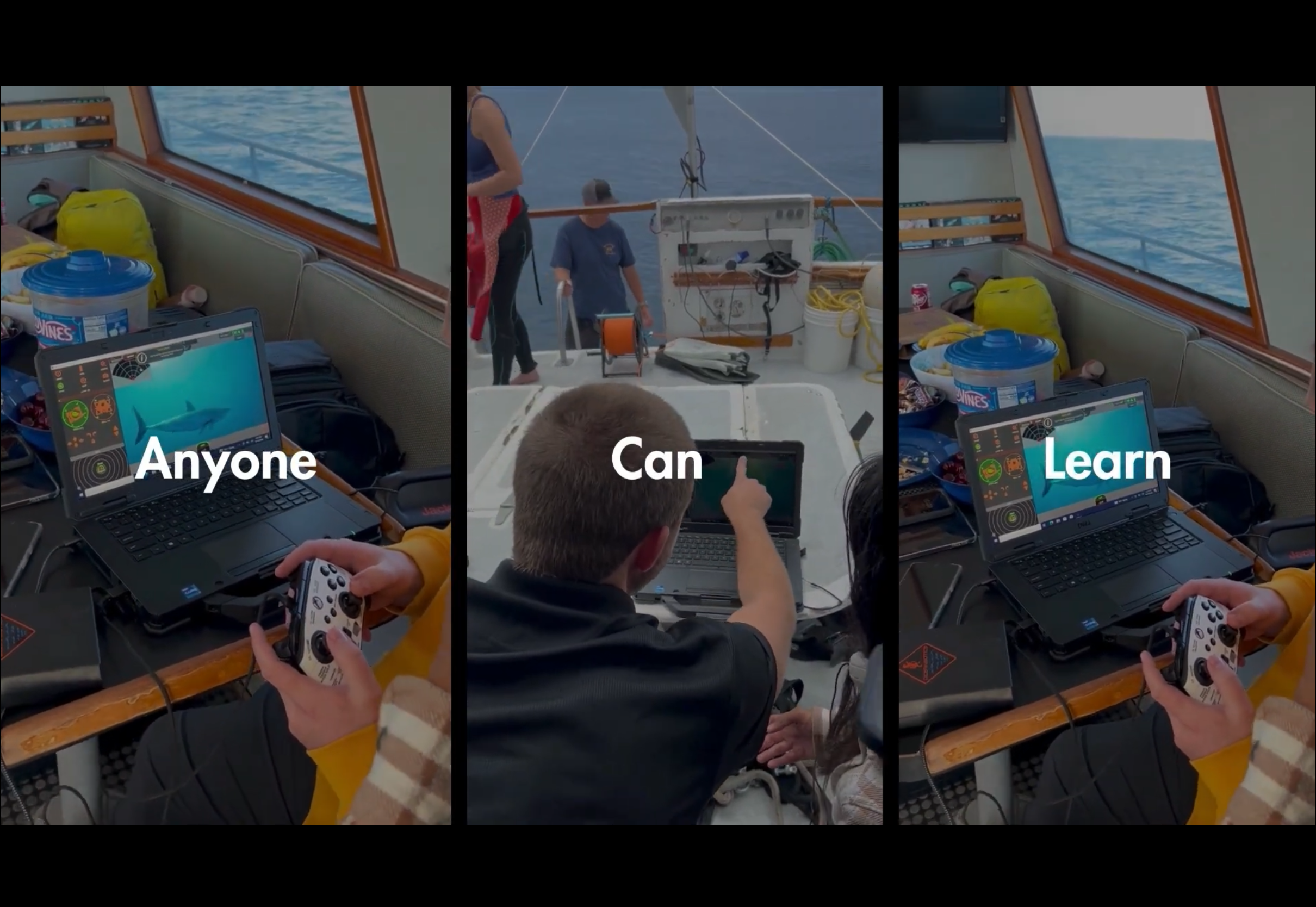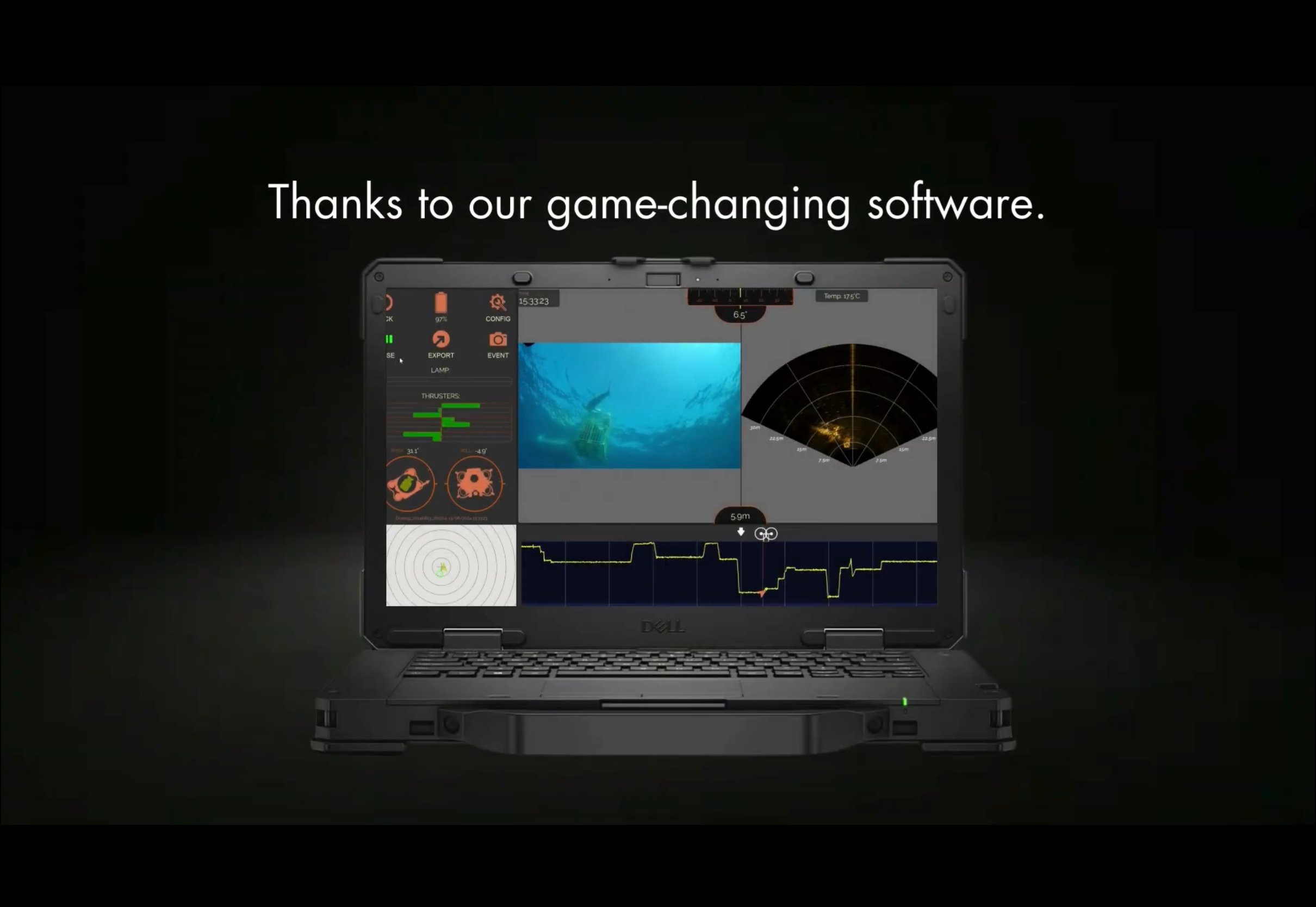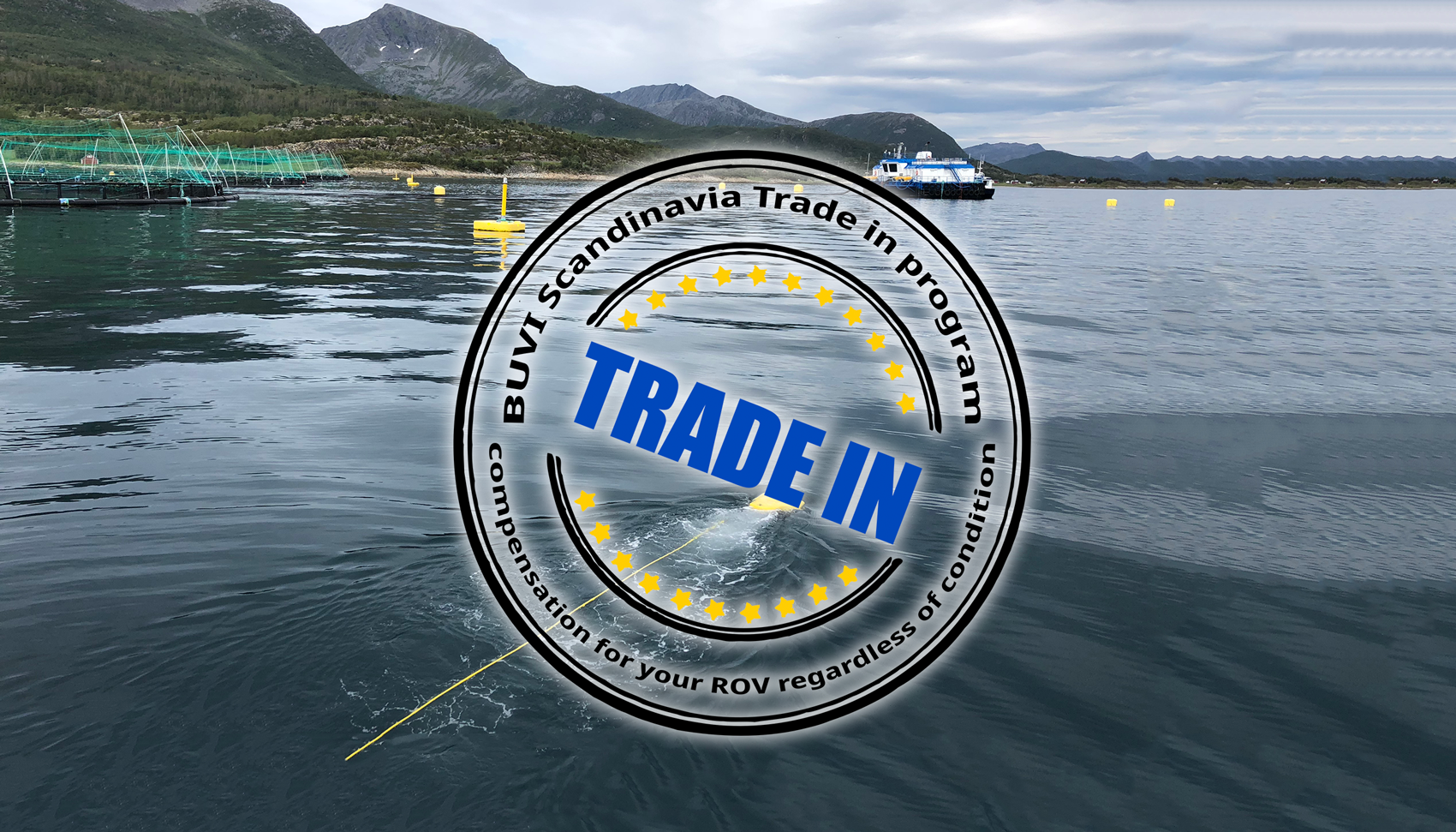Ask an ROV Pilot. Inside Pipe Profiling with Max Jackson.
Oceanbotics sat down with ROV pilot Max Jackson of Underwater Engineering Services Inc. (UESI) to get an inside look at his work inspecting culverts and pipelines across Southeast Florida. This past summer, Max was featured on Smithsonian Channel’s hit series “How Did They Fix That?” giving viewers a glimpse into a day in the life of an ROV pilot managing critical infrastructure in hurricane-prone areas.
In their conversation, he shares how his work helps protect the state’s canals from storms like Hurricane Milton and what it takes to keep Florida’s waterways safe. Read the full interview below.
Walk me through a day as an ROV pilot performing underwater inspections:
Max: “We pack up the SRV-8 ROV—it comes in four boxes, which really isn’t much for the amount of equipment. Loading the truck takes about 20 minutes, then we head straight to the job site. Setup is quick—depending on the client, we’re usually ready to deploy in about 30 minutes.
A typical inspection runs for about three hours of runtime. The conditions aren’t always ideal—we’ve worked in 105-degree water—but the batteries hold up really well.
The reliability’s been great, and if a question or concern arises, your customer service has been excellent across the board. Whether it’s troubleshooting or getting a part shipped, you guys are always highly responsive.”
What are some things you look for in an ROV for underwater inspections?
Max: “One thing I always tell my guys—the Oceanbotics camera is amazing. That’s one of the main things we rely on constantly. Maintenance also says a lot about how an ROV will perform, and with the SRV-8, it’s simple. When our controller stick went out, it was an easy fix because everything can be swapped out quickly, so there’s little to no downtime.”
What has our experience been like when it comes to the SRV-8 ROV?
Max: “When I start up the Oceanbotics SRV-8 and it goes beep beep beep—connected, I’m like, “What?!” It’s just so much easier. The way you guys designed it, it’s definitely a very user-friendly system. I can train my team easily—once it’s time to dive, I hand them an Xbox controller and say, “Here you go.”
Some other ROV controllers aren’t what I’d call “user-friendly” at all, but the Oceanbotics ROVs are fairly easy to operate. You can customize them for all types of water conditions or currents, whatever the job calls for.”
User-friendly ROV and Software functionality
Can you explain pipe profiling and how ROVs are used to carry it out?
Max: “As long as the ROV is centered in the canal underwater you can see the full circumference of the pipe. But it’s not just for pipes—the profiler can survey the entire bottom, showing how the canal is shaped and if there are any obstructions.
Within the software, you can easily adjust the gain to look for deformities or anything unusual. If a concrete-lined pipe starts drifting at the top or the profile looks off, you know something might be structurally loose or the pipeline is not completely filled with water.”
What tools or methods did your team use to perform these inspections before using the SRV-8 ROV?
Max: “In the past, we relied solely on human divers and other well-known ROVs, but we’ve phased those out and now exclusively use Oceanbotics ROVs.”
What’s the next project your team will tackle with the SRV-8 ROV?
Max: “Our next project will be in the Florida Bypass Canal, where we’ll be using the SRV-8 ROV equipped with pipe profiling sonar.”
Groundbreaking Technology for Infrastructure
SRV-8 ROV equipped with “pipe profiling sonar.”
Every day, professionals in the engineering and infrastructure sectors push the boundaries of technology to improve efficiency and effectiveness. Tools like remotely operated vehicles (ROVs) are transforming the way projects are executed—delivering greater speed, accuracy, and reliability.
These innovations help teams stay on budget, optimize time management, and maintain rigorous standards. In this industry, timing is everything—not just for project execution, but also for disaster preparedness and response. ROVs are allowing teams to create accurate timelines for performing activities such as pipe profiling.
When Disaster Strikes
Disasters aren’t a matter of if—they’re a matter of when. That’s why engineering firms are actively researching the best equipment to ensure stable, resilient infrastructure.
In the event of another major storm like Hurricane Milton, communities rely on the structural integrity of canals, culverts, and other waterways to prevent unnecessary damage and injury.
Source article: https://oceanbotics.com/ask-an-rov-pilot-max-jackson/#









